Many people are interested in Baby Led Weaning (BLW) these days and it is becoming more and more popular.
There are many reasons for this rise in popularity including its links to reduced rates of obesity and also decreased fussiness with foods later with the child.
But how and where do you start with BLW?
Here are ten simple points to get you and your baby on your way with the BLW EXPERIENCE!!!
1. When do you start?
The recommended age to start BLW is at 6 months.
As a nutritionist I am all on board with this recommendation as it is in line with the majority of the health bodies as to when to start introducing solids.
One of the reasons behind this timeline with BLW are to do with the strength of the child and their ability to hold their head and neck straight unassisted while eating. This is incredibly important with not only BLW but with eating in general as it reduces the risk of gagging or choking.
Please note that BLW is for babies who were born at a healthy weight and have no other health or behavioural issues. Please see your GP if you are not sure.
2. What foods can they eat?
The idea with BLW is that the baby can eat any food that you are eating.
There are no restriction as to what foods can be introduced and when.
This point is on par with the recent change in the Australian Dietary Guidelines with what foods to introduce when starting solids. This makes the transition between the two styles quite easy.
The main point of note with introducing solids, with either style of feeding, is to include foods which are good sources of iron. Although weaning is a very gentle process with BLW, and breast milk or bottle feeding is still heavily encouraged, the fact is the stores of iron in the baby, which they obtain from the mother in utero, start to deplete around the 6 month mark.
If you or other family members have a history of allergies or food intolerances, talk with your GP about when to introduce the ‘offending’ foods or food groups.
3. What are foods which are good sources of iron?
Some simple and easy foods which are good sources of iron are red meat, legumes, kale, liver or even shellfish.
4. What texture should the food be? How hard or soft.
Although you can introduce any food at any time, the texture or consistency is of note and importance.
Some BLWers talk about having the food firm so that the baby can grate their gums on it. Other BLWers talk about having it at a consistency that when you place it between your too fingers you could easily push it together so that the baby can masticate with the strength of their tongue.
There is no hard and fast rule EXCEPT to be with your baby at all times when they are eating. And when I mean with them, I mean sitting next to them. The reason for this is that if you child starts to choke, you will not hear it. It is silent.
5. What size should the food be?
The best size for foods to be when the baby starts BLW is roughly around 5-10 cms in length so that they can grab it with their little fists.
At 6 months, their grasp is very and their pincer grip has not developed yet.
The action of eating is very rudimentary of shoving the fist in the direction of the mouth.
Think whole broccoli florets, strips of meat, steamed carrot sticks, toast rusks with avocado.
6. Can I combine BLW with traditional weaning?
There are no hard and fast rules as to how you have to feed or wean your child. You can combine the two very happily but if you are combining it then in fact you are more than likely just following traditional weaning. This is because traditional weaning will start to incorporate finger foods from around the 8-9 month mark anyway, which is effectively what BLW is. Finger food fed by the baby to the baby.
7. Can they use a spoon?
You can give your baby a spoon for them to grasp if you like. When you first start BLW they probably will not be able to direct the spoon into the food and back into their mouth, but you never know if you do not try.
You could always give them homemade rusks or sticks of vegetables to dip into dip or yoghurt. This is the same action as they would use with a spoon.
Introducing a spoon around the 9 to 10 month mark is a good time for them to be able to try and start feeding themselves foods like yoghurts.
8. Do I feed them milk before or after their solid meal?
Traditional weaning talks about offering food before their milk drink and BLW talks about offering their milk drink before their food.
This is because in BLW the idea is the weaning am not sure how your child will try any of the food if you feed them their milk right before the main meal. Try offering it to them around 30 minutes before.
If you are demand breastfeeding, don’t give it any extra thought. Feed them milk when you like and feed them food when you like.
It really is about experimenting with food in a safe and relaxed environment with no pressure for the child to eat or not.
9. It doesn’t seem like my child is eating anything? Will they be hungry?
At first it will appear that your child is not really eating any of the food. That in fact the floor is getting most of it.
But, once you see their poo you will realise that they did eat some capsicum or ate a few peas from the bean. You will be surprised by how much they actually eat.
The premise behind BLW is slow and gradual. The idea is to not force feed them and let the baby lead the way.
10. What if they are not putting on any weight?
If you feel that your baby is not eating enough or is not putting on any weight, then visit your GP or child health nurse to take some of their measurements. Remember this weaning process if for babies born at a ‘healthy’ weight range at birth with no other health or behavioural issues.
11. I am scared of choking.
Firstly there are differences between gagging and choking. Gagging is very noisy and choking is often silent.
If your baby is gagging, give them a few moments to try and get it up themselves. If they cannot or you are nervous turn them over and give the sharp blows between the shoulder blades.
Choking is often silent and this is why it is important to be with your baby when they are eating at all times.
If you are anxious about this, maybe seek some first aid training as it is handy to have in the event of the multitude of injuries and illnesses your child will have over their young lives.
I have written on Baby Led Weaning before, here are some of my past posts when we embarked on the whole journey.
Baby led weaning: week 1 for real
Go on and have some fun!!! There are some great resources out there in cyber space.
Try: http://www.babyledweaning.com/
https://www.facebook.com/babyledweaning
and the queen on BLW Gill Rapley http://www.rapleyweaning.com/
This post was contributed by Little People Nutrition. Visit www.littlepeoplenutrition.com.au for more nutrition information for your family.


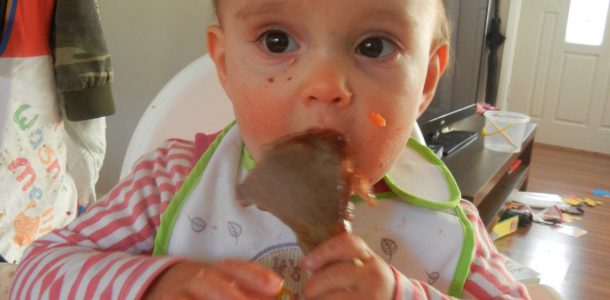
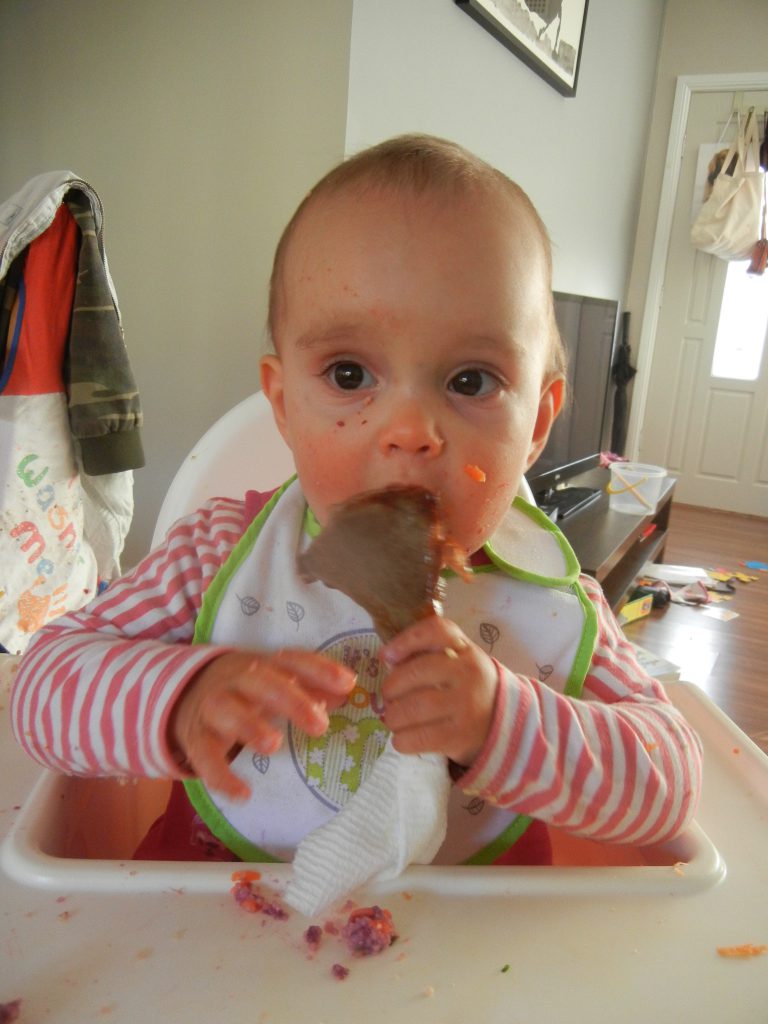



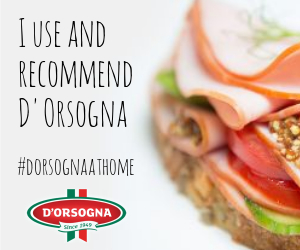
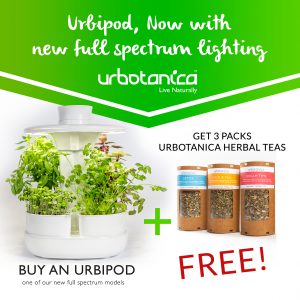
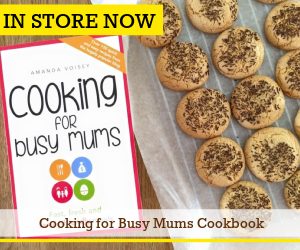




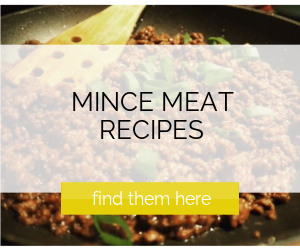
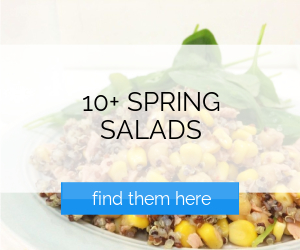
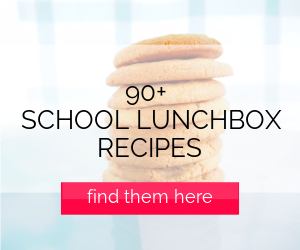
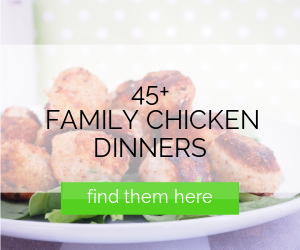
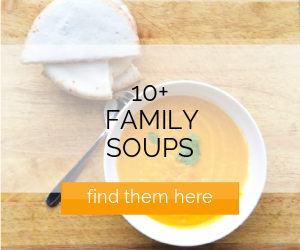
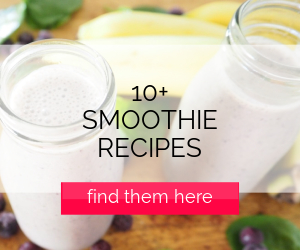
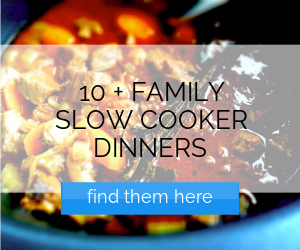
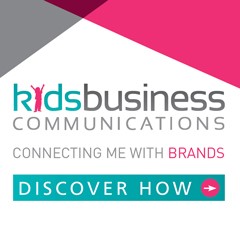
No comments yet.